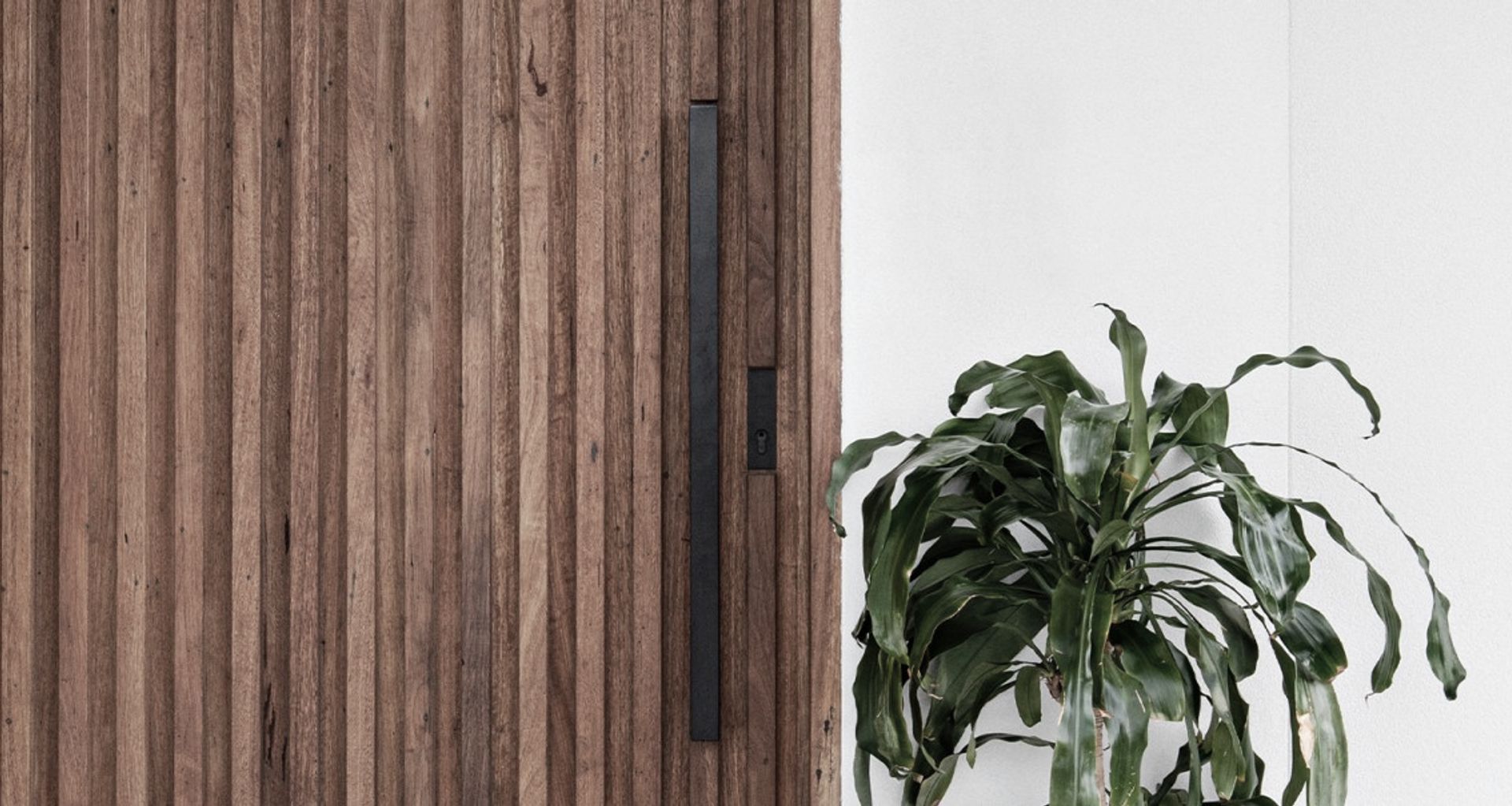Cracking Up

ROCKCOTE’s range of renders gives you plenty of choice, durability and quality to minimise the risk of your render cracking or damaging. But even the best finishes can weather, fracture or succumb to the elements or accidents!
Follow these steps for the perfect finish:
1.Prepare Your Surface
The saying goes, if you fail to prepare, you’re preparing to fail! Preparing your area properly will ensure you have a better surface for your new render to bond to. Remove all loose or cracked render from the damaged area and don’t be afraid to make the hole bigger! It’s better to get rid of the loose material than try to keep the damage minimal.
Once you’ve removed all damaged render, leave for 48 hours to ensure the area is thoroughly dried.
2.Pick Your Product
In a new build, it should be fairly easy for you to find the product used originally. Even if you didn’t do it yourself, your builder should be able to tell you which render was used.
If not, take photos, or even better, a small sample of the render into your local supplier to get as close a match as you can. Every render has different characteristics, so if you use something too different to the original, you’re paving the way for more troubles down the line.
3.Time to Get Meshy!
If you have a large area to cover, you may need to insert reinforcing mesh. This is particularly important if you are working on corners, as they are more vulnerable to future knocks and need increased structural integrity. Smaller fractures or chips shouldn’t require reinforcing, render doesn’t have the strength to span larger areas.
4.Tape Up
Using masking tape to mask off your area will make application easier and minimise your sanding time. It’s easier to apply a smooth, even layer when you aren’t worried about going over the edges. 48mm masking tape will give you plenty of width to protect your existing wall, allowing you to smooth your repair down to match the surrounding area as closely as possible.
5.Apply Your Render
Your render will dry quite quickly, so make sure everything is ready to go before mixing.
Mix your render according to the packet’s instructions and apply confidently, using smooth, even strokes. Dabbing your render on will only lead to inconsistencies.
Spread as smoothly and evenly as possible, removing any excess render and trying to match the level of the surrounding wall.
6.Blend Your Render
Remove your masking tape then, using a damp sponge, blend the edges of your repair into the surrounding wall, again removing any small amounts of excess render. This may take some gentle care, so take your time.
7.Aftercare
Your render will take a while to dry completely, but if it dries to quickly you increase the risk of further cracking. Every 24 hours, lightly mist the area with clean water to ensure consistent and even drying, and improve the chances of your rendering success!
8.Painting
If your repair needs painting, wait! Leave your repair for at least two weeks, even up to a month if possible, to ensure the render is thoroughly dry and has properly taken to the repair area.
If the area is still a little raised, you can use a soft, fine sanding block to even it out gently before painting.
For more tips on using renders, visit www.rockcote.com.au
